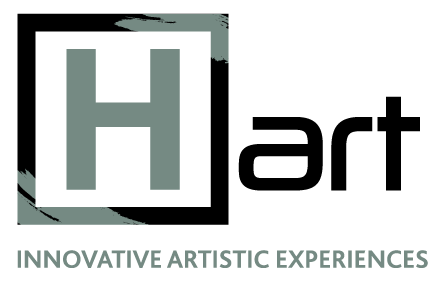Elsa Duault, first and foremost a talented artist but also a passionate art historian and an excellent writer, will delight us with a series of articles on her perception of the world and a reflection on matter in its artistic dimension.
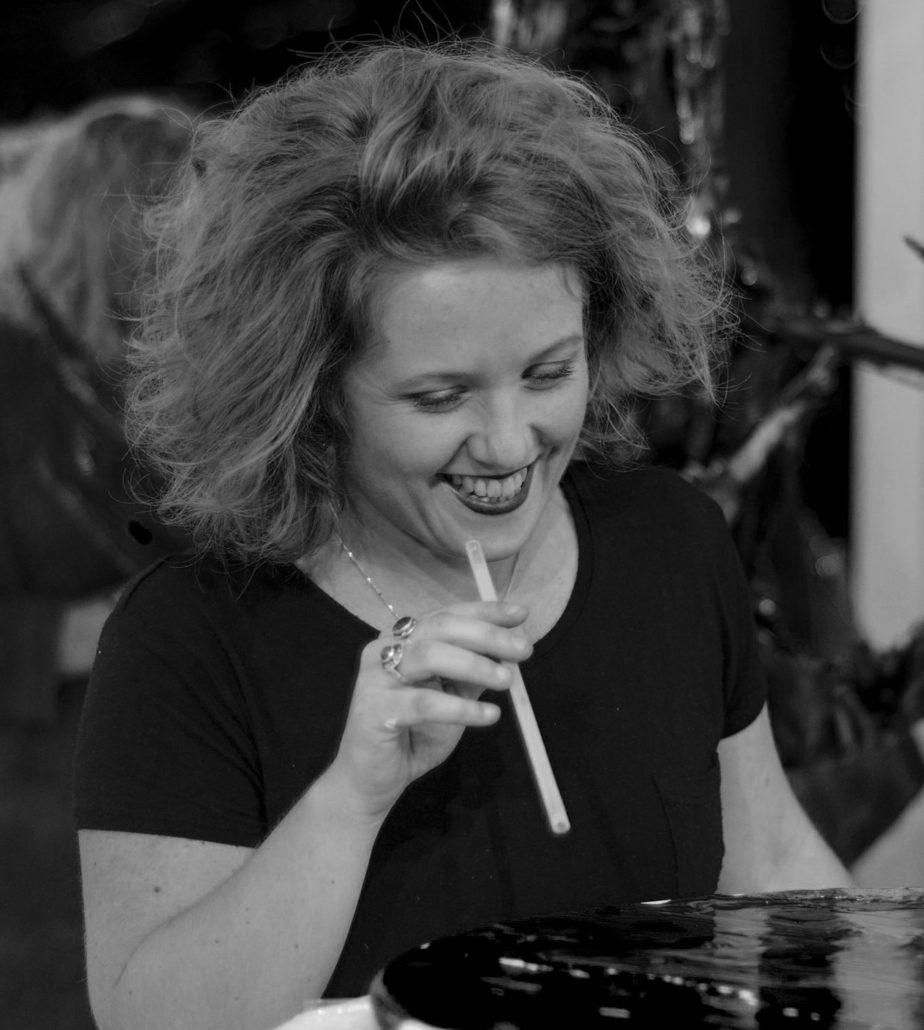
Born in 1992 in Normandy, Elsa Duault is a versatile painter and sculptor who plays with colour, form and space. Klee, Kandinsky, Pollock, Benglis or the ancestral art of Marbled Paper (Unesco’s Intangible Heritage) are just some of her many artistic references. In 2017, she joined the prestigious Michaelis School of Fine Art at the University of Cape Town (UCT) in South Africa.
An introduction to New Dance
Capturing movement, pushing the limits of the material, this would be all or part of a quest, that of a young artistic epic. Through a series of articles, I will share with you the emergence of a language, that of painters, sculptors or even video artists who perhaps without knowing it, are anchored in a particular pictorial movement. Children of their time, they deploy in their work a common language, close to that of Nature, Space and Time. Is it by chance that they poetically illustrate our greatest challenge? That of a delicate balance between Man and Nature, that of a new relationship to Time and to Life.
Not surprisingly, this movement is actually the result of an artistic heritage throughout the ages. On many occasions in history, art has seen the simultaneous emergence of the same pictorial language by several artists. Whether they wanted to innovate or pursue research, whether they consciously or unconsciously inspired each other, it does not matter. Their signatures remind us of the extent to which the world around us is interdependent and the result of a fragile balance, from the infinitely large to the infinitely small.
« If the times had not been right, I would say more, if their art had not been in touch with the times and in evolution with previous periods, it would not have been viable. Fernand Léger, The Function of Painting
Vassily Kandinsky, like Léger and Klee, theorised abstraction. He said: « The more improvised the movement, the purer, deeper and more interior its effect. A very simple movement, whose purpose is unknown, has by itself the effect of an important, mysterious and solemn movement. This is true as long as the external, practical purpose of the movement is unknown. It then acts as a pure resonance […]. There is in simple, externally unmotivated movement an inexhaustible mine of possibilities. (Kandinsky, On the Spiritual in Art)
Paul Klee, in his chapter on exact research in art, explains: « In art too there is sufficient scope for exact research, and the doors to it have been open for some time now {…} Mathematics and physics provide the key in the form of rules to be observed or deviated from. These disciplines impose the salutary obligation to deal first with the function and not to start with the finished form. Exercises in mechanics (balance and movement) teach one to focus on the essential, on the function and not on the external impression. One learns to recognise the underlying forces; one learns the prehistory of the visible.
The internal forces of paint (or any other material); density, viscosity, flexibility, texture become preponderant elements in the practice of the artists to whom we will turn our gaze in the following articles. These « internal forces » of painting illustrate this « prehistory of the visible », of the creative act. The final work is then the result of a process in close agreement between the Artist, his Medium and Time. The artist leaves room for the pure expression of the material, a voice is given to it.
Klee also added in his chapter Note for Exact Research in Art:
« The knowledge of laws is precious, provided that we guard against a schematism that confuses naked law with living reality {…}. Who lacks enough air to understand that rules are only the necessary support for a flowering. To understand that, if we seek to identify laws and confront works with them, it is to see how they manage to deviate from the works of nature without going astray. To understand that laws are only the common basis of nature and art.”
Naked laws and living reality are necessary rules for the flowering of a creative dance, that of the agreement between the artist, matter and time. The laws used in New Dance are purely natural and inherent to Matter.
The philosophy of New Dance could be likened to the poetic expression of the chaos that surrounds us.
In order to whet your curiosity, and to make you meditate, here is my selection of some works and artists to which I pay particular attention.
Elsa Duault, décembre 2020
The Song of C from Thomas Blanchard on Vimeo.
2,45 minutes vidéo
All videos were filmed in 8K with a RED Helium 8K camera.
The final cut is in 4K.
The music by Leonardo Villiger / Velvet Coffee.Co produced by
Ekitaimacro // Thomas Blanchard
Greenlight Films // Paul Mignot and Léa Morel
Co produced by
Ekitaimacro // Thomas Blanchard
Greenlight Films // Paul Mignot and Léa Morel

Kennedy Yanko, (Brooklyn, New York)
Sleuth 11.5 x 17.3 x 16 in.
Paint skin, metal. 2019.
Image Denny Dimin Gallery

Callen Schaub, Obviare (Montreal,Canada)
Conditions: Performed LIVE on IG w/ Marcel Katz of @theartplug
Date & time created: 2020 June 18 6PM ET
Tools: The #chaliceofchaos , spinning machine
Materials: acrylic on 48”x72” canvas
image Callen Schaub
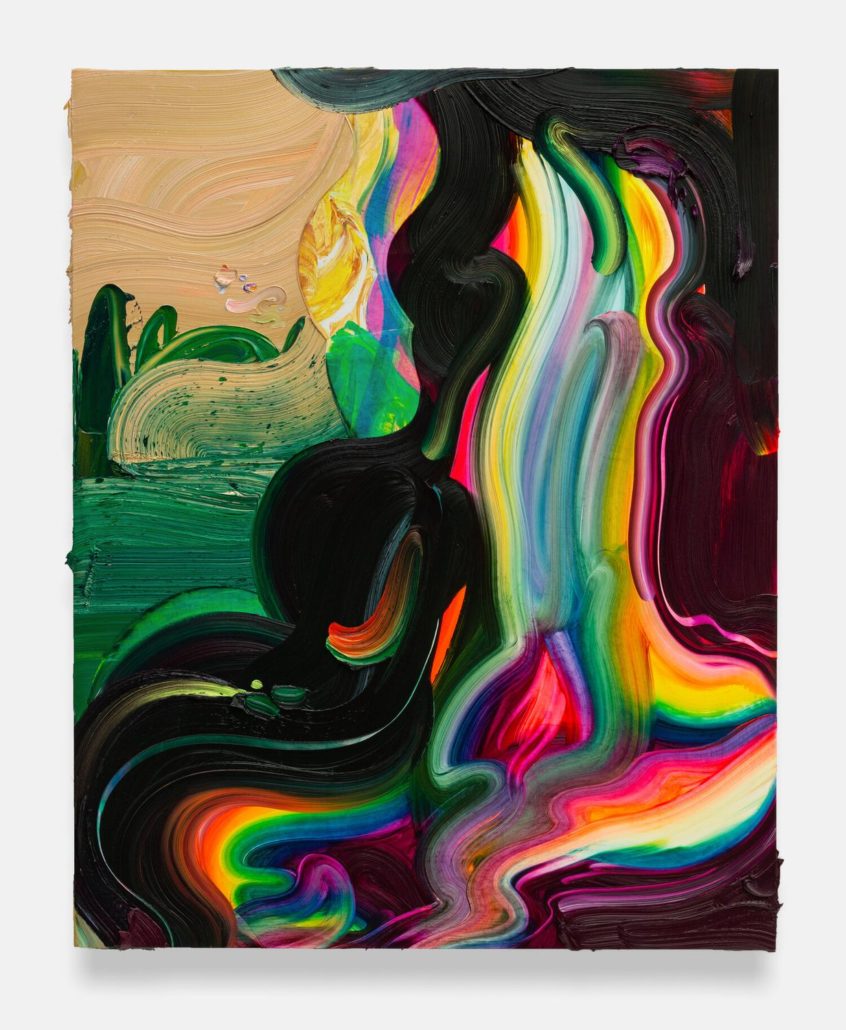
Erin Loree (Toronto,Canada)
The In-Between
Oil on panel
50” x 40”
2019
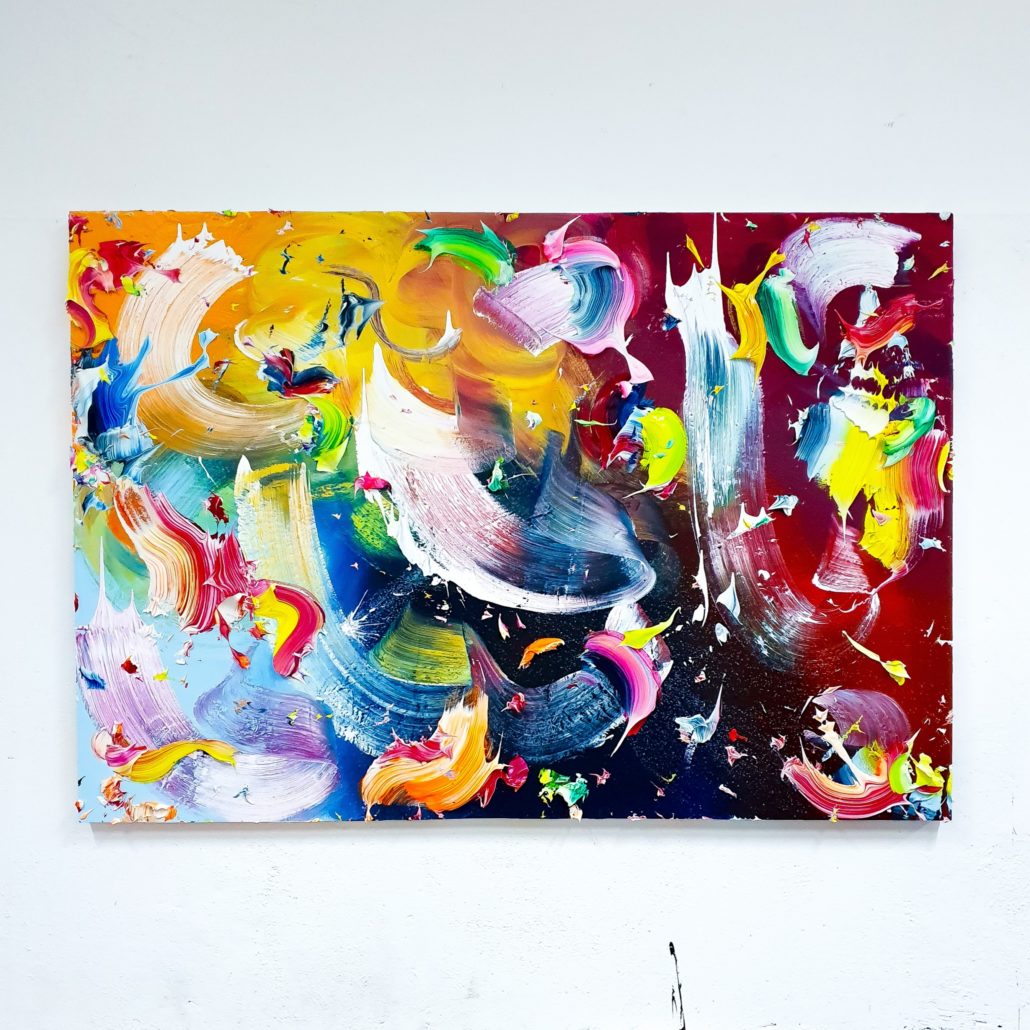
Yann Houri (Paris,France)
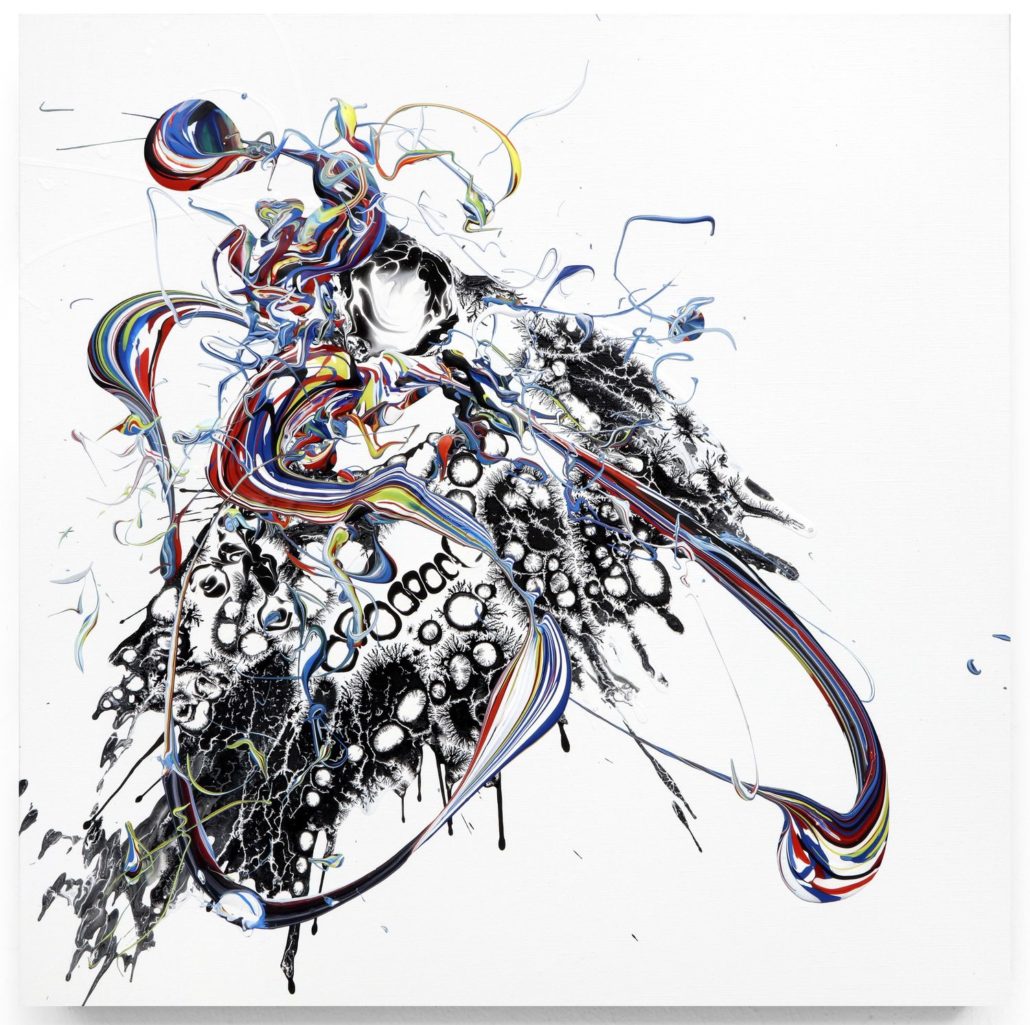
KATRIN FRIDRIKS (Islande)
Waving Wonders – Supreme Goddesses – 2018
Acrylique sur toile
60 x 60 + 5 cm
ìmage Galerie David Pluskwa
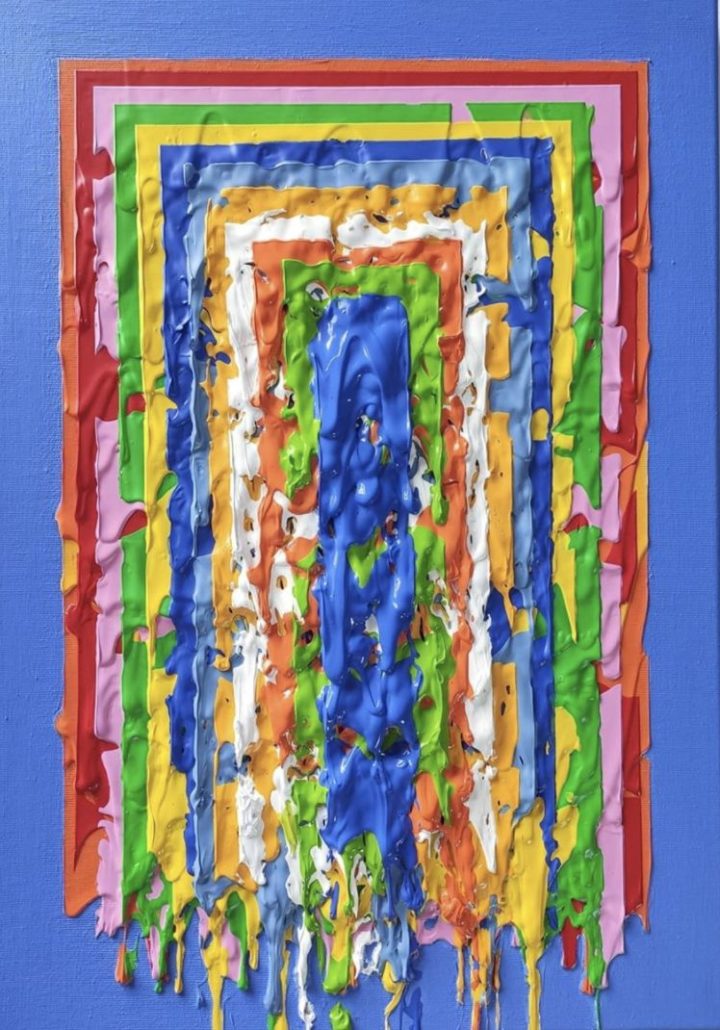
Derick Smith (USA/Ireland)
Ox-herding (No.25) – 35x51cm – acrylic on canvas
2020
image Derick Smith

Takuro Kuwata (Japon)
Gleen-slipped Platinum Kairagi Shino bowl
Photo:Yasushi Ichikawa
courtesy of Tomio Koyama Gallery
7/30
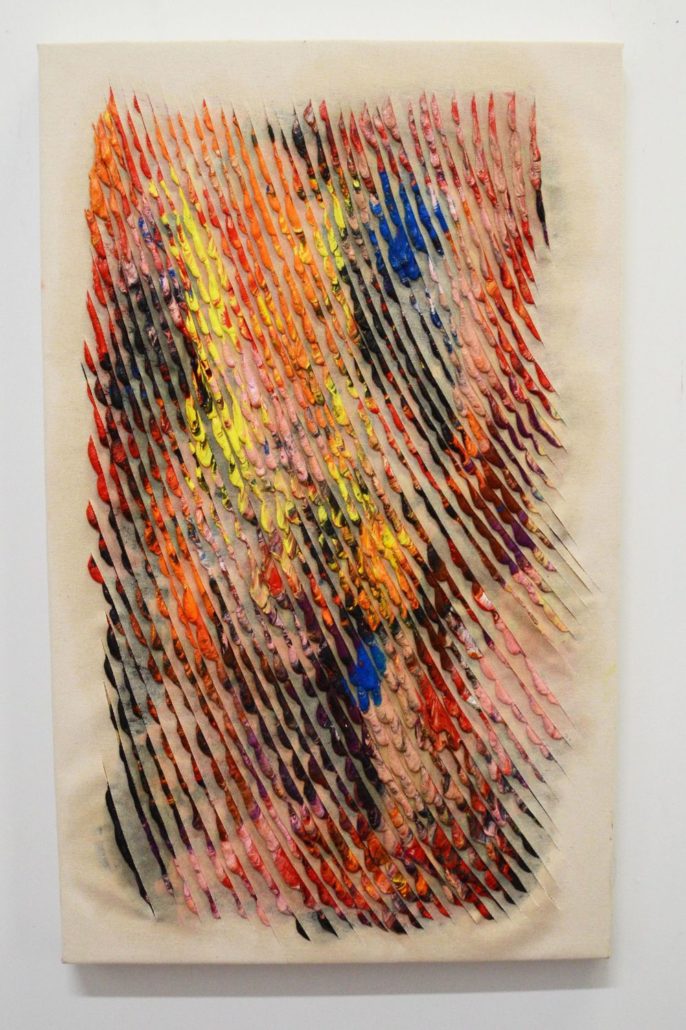
Lucas Biagini (Toronto, Canada)
oil through canvas on panel
31″x 19″
2020
image Lucas Biagini
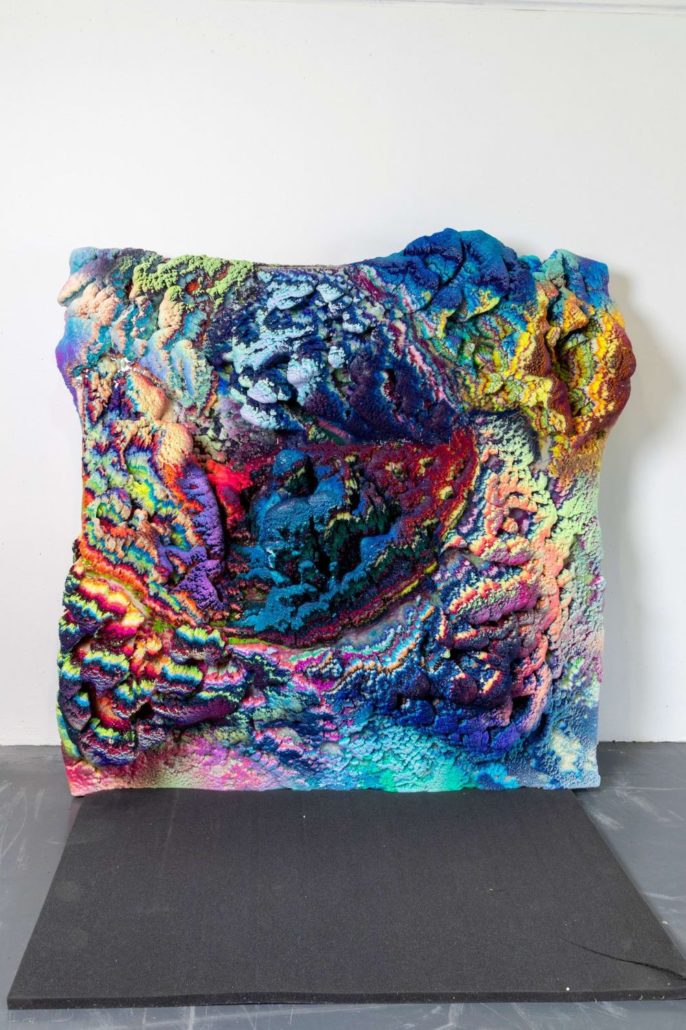
DYLAN GEBBIA-RICHARDS (USA)
Home in the Fire
2019
Pigment on parafin wax.
168 x 168 x 46 cm

Ian Davenport (Angleterre)
COLOURCADE: MAGENTA/PURPLE/GREEN, 2014
acrylic on stainless steel, mounted on aluminium panels (3 panels)
78 3/4 x 118 1/8 in / 200 x 300 cm
Photo: Waddington Custot Gallery
image Unit London Galerie
Miguel Chevalier (France)
POWER PIXELS 2020
MUSIQUE : MICHEL REDOLFI
Installation de réalité virtuelle générative et interactive
Wood Street Galleries, Pittsburgh, USA
